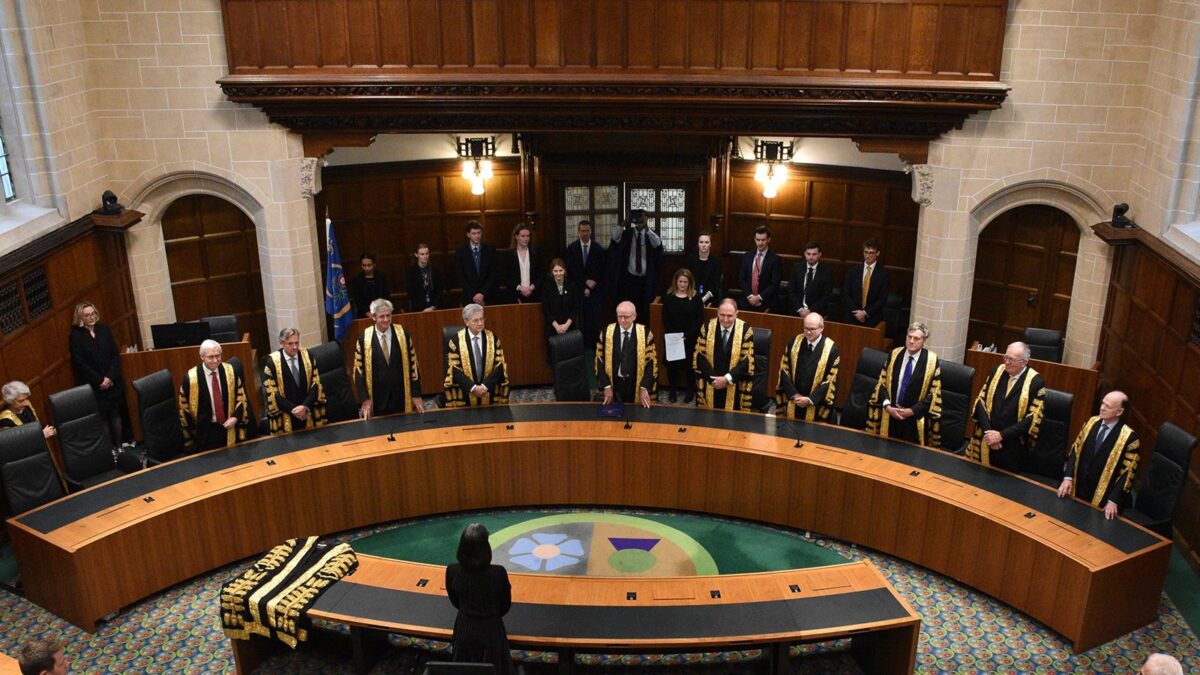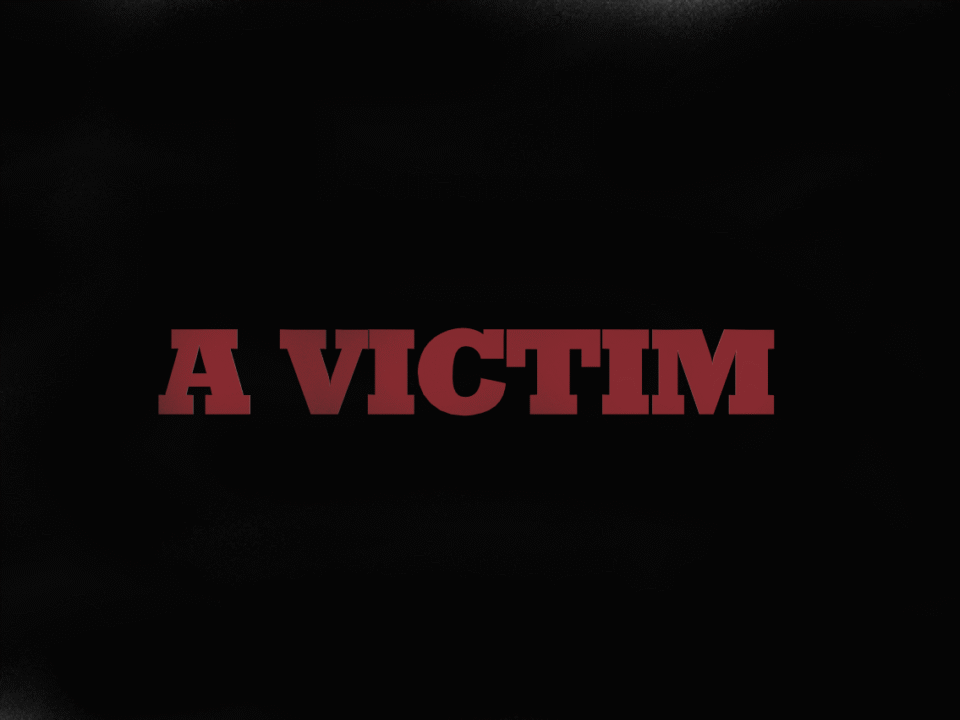What is Penology?
A penologist is a person who studies or specialises in penology which is a branch of criminology and refers to the punishment of criminals and how the prisons are running. They explore the theory and practice of prison management, criminal rehabilitation, and the ethics and effectiveness of various strategies for punishing crime.
Study the history and development of penology
This includes comparing the impact of incarceration, fines, community service, and other forms of punishment on crime rates and recidivism.
Examining issues like proportionality, fairness, and the potential for punishment to be rehabilitative.
Analyzing the consequences of mass incarceration, prison conditions, and the role of prisons in society.
Penologists may work as prison administrators, rehabilitation specialists, or researchers, contributing to the development and implementation of effective prison policies.
This research can inform the development of programs aimed at preventing crime and helping offenders reintegrate into society.
Classic School
The classical school was followed, a generation later, by the neoclassical school of the revolutionary period in France, which modified Beccaria’s rigorous doctrine by insisting on the recognition of varying degrees of moral, and therefore of legal, responsibility, as in the case of children and the insane, as well as of mitigating circumstances in general. The doctrine of the “individualization of punishment”
—that is to say, of the punishment of the individual rather than of the crime committed by him, which is of commanding importance in present-day penology—is only a development of this fundamental principal of the neoclassical school.
This normal historical development of penology was interrupted during the last quarter of the 19th century by the widespread acceptance of the theory of crime and its treatment promulgated by Cesare Lombroso and his disciples. This, at first known as the Italian, or continental, school of criminology, was later named the positive school, so-called because it pursued the positive methods of modern science.
Its fundamental doctrine was that the criminal was doomed by his inherited traits to a criminal career and was therefore a wholly irresponsible actor. Society must, of course, protect itself against him, but to punish him as if he were a free moral agent was as irrational as it was unethical.
Although the enthusiasm for the doctrines of the positive school waned and the alleged facts on which they were based were largely discredited, it nevertheless left a valuable legacy of influence.
To it must be given much of the credit for the present active tendency to make the mental study of the criminal an essential part of his diagnosis, a fact that has given the psychologist and, particularly, the psychiatrist a leading place in the development of modern penological theory.
From studies such as these, criminologists discovered that there was no single formula that accounted for all violators of the penal code, while the policy of the individualization of punishment took on the form of individualization of treatment.
Indeed, the emphasis turned to research—research into the factors, whether individual or social, that determine criminal activities and research into the resources of the community for making such disposition of the offender as will effectually protect the former without destroying the latter.
Institute of Criminology
In the United Kingdom, for example, the Institute of Criminology is part of the law faculty of the University of Cambridge; in other school’s criminological research and teaching have usually been divided between departments of sociology or social administration, law faculties, and institutes of psychiatry.
In South America the anthropological and medical elements predominate, and in the United States, though there has been a trend toward housing criminology and criminal justice in separate multidisciplinary departments, criminology has most often been situated in departments of sociology.
Criminology developed in the late 18th century, when various movements, imbued with humanitarianism, questioned the cruelty, arbitrariness, and inefficiency of the criminal justice and prison systems.
During this period reformers such as Cesare Beccaria in Italy and Sir Samuel Romilly, John Howard, and Jeremy Bentham in England, all representing the so-called classical school of criminology, sought penological and legal reform rather than criminological knowledge.
Their principal aims were to mitigate legal penalties, to compel judges to observe the principle of nulla poena sine lege (Latin: “due process of law”), to reduce the application of capital punishment, and to humanize penal institutions.
They were moderately successful, but in their desire to make criminal justice more “just,” they tried to construct rather abstract and artificial equations between crimes and penalties, ignoring the personal characteristics and needs of the individual criminal defendant.
In the early 19th century, the first annual national crime statistics were published in France. Adolphe Quetelet (1796–1874), a Belgian mathematician, statistician, and sociologist who was among the first to analyse these statistics, found considerable regularity in them (e.g., in the number of people accused of crimes each year, the number convicted, the ratio of men to women, and the distribution of offenders by age).
From these patterns he concluded that “there must be an order to those things which…are reproduced with astonishing constancy, and always in the same way.”
Later, Quetelet argued that criminal behaviour was the result of society’s structure, maintaining that society “prepares the crime, and the guilty are only the instruments by which it is executed.”
Whereas Quetelet focused on the characteristics of societies and attempted to explain their resulting crime rates, the Italian medical doctor Cesare Lombroso (1836–1909) studied individual criminals to determine why they committed crimes.
Some of his investigations led him to conclude that people with certain cranial, skeletal, and neurological malformations were “born criminal” because they were biological throwbacks to an earlier evolutionary stage.
Highly controversial at the time he presented it, his theory was ultimately rejected by social scientists. Lombroso also contended that there were multiple causes of crime and that most offenders were not born criminal but instead were shaped by their environment.
This module is concerned with the study of punishment and sentencing. The module is divided into three parts. The first part focuses on current sentencing policies in the England and Wales criminal justice system.
Students will study both custodial and non-custodial penalties and the particular regimes that apply to juveniles and mentally disordered offenders.
You will also be able to consider the historical development of the current approach. In the second part of the course will focus on a chosen area of penological interest to research and write their mini-project which forms the largest single component of the assessment scheme.
The third part of the course considers the underpinning philosophical justifications for punishment. You will consider retributive justifications and the concept of proportionality and also look at deterrence, rehabilitation and incapacitation as well as looking at restorative models of justice.
penology, the division of criminology that concerns itself with the philosophy and practice of society in its efforts to repress criminal activities. As the term signifies (from Latin poena, “pain,” or “suffering”), penology has stood in the past and, for the most part, still stands for the policy of inflicting punishment on the offender as a consequence of his wrongdoing; but it may reasonably be extended to cover other policies, not punitive in character, such as probation, medical treatment, and education, aimed at the cure or rehabilitation of the offender; and this is, in fact, the accepted present sense of the term.
The principal
The principal aims of penal science are to bring to light the ethical bases of punishment, along with the motives and purposes of society in inflicting it; to make a comparative study of penal laws and procedures through history and between nations; and, finally, to evaluate the social consequences of the policies in force at a given time.
Thus conceived, penology represents a grouping of studies, some of which, dealing with the aims and the moral or social justifications of punishment, date from a remote past, while others, having to do with the wider social implications of the system, have scarcely yet made a beginning.
Modern penology dates from the publication of Cesare Beccaria’s pamphlet on Crimes and Punishments in 1764.
This represented a school of doctrine, born of the new humanitarian impulse of the 18th century, with which Jean-Jacques Rousseau, Voltaire, and Montesquieu in France and Jeremy Bentham in England were associated.
This, which came afterwards to be known as the classical school, assumed every criminal act to be a deliberate choice determined by a calculation of the prospective pleasures and pains of the act contemplated.
All that was needed to overcome the criminal purpose was to provide for each crime a penalty adequate to overbalance its assumed advantages. Excessive penalties, such as death, were unnecessary and therefore unjust.
The Term Crime
Viewed from a legal perspective, the term crime refers to individual criminal actions (e.g., a burglary) and the societal response to those actions (e.g., a sentence of three years in prison). By comparison, the field of criminology incorporates and examines broader knowledge about crime and criminals.
For example, criminologists have attempted to understand why some people are more or less likely to engage in criminal or delinquent behaviour.
Criminologists have also examined and attempted to explain differences in crime rates and the criminal code between societies and changes in rates and laws over time.
Many criminologists consider themselves to be neutral public policy experts, gathering facts for various governmental officials responsible for drawing policy conclusions.
However, some criminologists—like their counterparts in such fields as the atomic and nuclear sciences—maintain that scientists must shoulder responsibility for the moral and political consequences of their research. Thus, some criminologists have actively campaigned against capital punishment and have advocated in favour of various legal reforms.
Criminologists who oppose this activist role contend that the findings of criminological research must be weighed along with political, social, religious, and moral arguments, a task best left to political bodies.
Not denying the right of criminologists to express their opinions as ordinary citizens and voters, this view nonetheless maintains that a government by popular will is less dangerous than a government by experts.
In the last decades of the 20th century, criminology grew to encompass a number of specialized study areas.
One of these was criminalistics, or scientific crime detection, which involves such measures as photography, toxicology, fingerprint study, and DNA evidence (see also DNA fingerprinting).
It had previously been excluded from criminology because of its focus on criminal actions rather than on the broader knowledge about crime and criminals.
Criminology further expanded its reach by devoting significant attention to victimology, or the study of the victims of crime, the relationships between victims and criminals, and the role of victims in the criminal events themselves.
Criminal justice has also emerged as a separate but closely related academic field, focusing on the structure and functioning of criminal justice agencies—including the police, courts, corrections, and juvenile agencies—rather than on explanations of crime. (See juvenile justice.)
The relationship of criminology to various other disciplines has resulted in considerable diversity in its academic placement within universities.
Universities in Europe have tended to treat criminology as part of legal education, even in circumstances where its principal teachers were not lawyers.
Methods
Criminology encompasses several disciplines, drawing on methods and techniques developed in both the natural and the social sciences.
As do other disciplines, criminology distinguishes between pure and applied research and between statistical and intuitive ways of thinking.
More than most other disciplines, however, criminological research depends upon the willing cooperation of governmental agencies and other public authorities for the provision of essential data.





